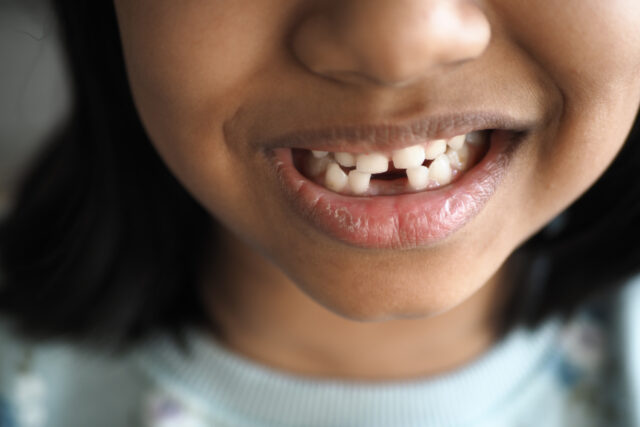A new study published in Evidence-Based Dentistry by Manali Deb Barma and colleagues sheds light on war’s impact on oral health in both children and adults. Researchers analyzed data from various studies and found some surprising trends.
In children, a decrease in dental caries was observed, attributed to restricted access to carbohydrates and sugars typically linked to dental decay. Conversely, adults showed a marked increase in severe periodontal diseases due to scarce food supplies and neglected oral hygiene practices. The review also highlighted a significant incidence of craniofacial injuries among the populations studied.
These outcomes underline the complex challenges of war’s impact on oral health, underscoring the essential needs in dental care within war-impacted regions and urging dental professionals to adapt and respond to these unique circumstances effectively. Dental professionals must adapt their approach to address the unique circumstances of conflict zones, such as limited resources and potential trauma. This comprehensive review by Barma and colleagues serves as a valuable resource for understanding the impact of war on oral health and for improving dental care interventions in these critical settings.
Furthermore, dentists can leverage this knowledge to prepare for potential situations where they might encounter refugees or displaced people from war zones. By understanding the anticipated oral health issues – like a higher prevalence of periodontal disease and craniofacial injuries – dentists can tailor their treatment plans and potentially stock up on necessary supplies to meet these specific needs.
Finally, the study’s findings can inform advocacy efforts by dental organizations. Highlighting the specific oral health challenges faced by war-torn populations can strengthen calls for increased humanitarian aid and support for dental care services in these war-torn conflict zones.





